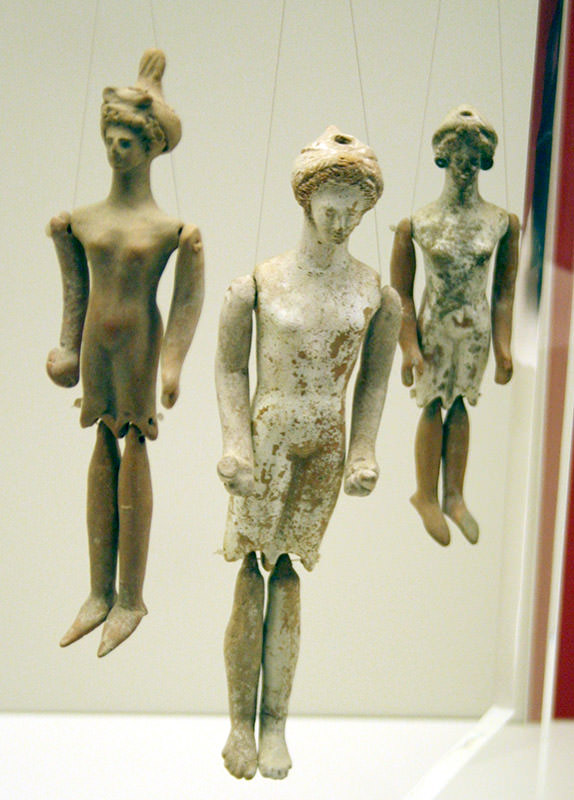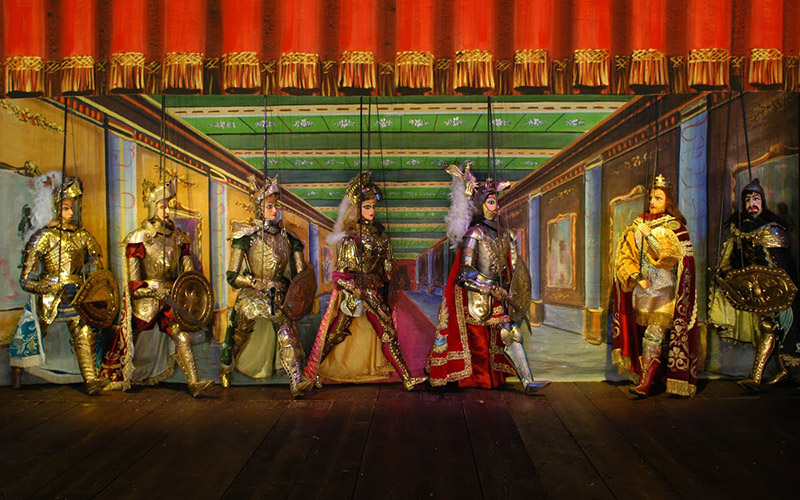Puppetry is a very ancient art form, thought to have originated about 3000 years ago. Puppets have been used since the earliest times to animate and communicate the ideas and needs of human societies. Some historians claim that they pre-date actors in theatre.
Humans have created puppets large and small as stand-ins for humans, gods, demons, and angels, for thousands of years, originally using them in religious rituals and dramas.
There is evidence that they were used in Egypt as early as 2000 BC when string-operated figures of wood were manipulated to act kneading bread. The use of puppets is thought to have originated in India 4000 years ago and there is evidence of puppets in ancient cultures throughout Asia.
The puppetry was practiced in Ancient Greece and the oldest written records of puppetry can be found in the works of Herodotus and Xenophon, dating from the 5th century BC. Early Christians adopted Roman puppetry techniques to tell morality plays. It is believed the term “marionette” derived from little figures of the Virgin Mary.

The medieval Christian church eventually banned puppetry after practitioners kept putting too much comedy in their plays. The puppeteers responded to banishment by setting up their stages outside churches and presenting increasingly bawdy and silly plays.
Productions involving marionettes and elaborate sets became fashionable entertainment for the aristocrats of 17th and 18th century Europe. Composers of the day even wrote operas for marionettes. For the most part, however, puppetry remained the pleasure of the common man.
Throughout Europe in the middle ages and thereafter, trade guilds would build giant puppets as public demonstrations of their growing affluence and influence. Giant puppet parades also would often be held in conjunction with Carnival ahead of Lent, marked by much nose-thumbing at figures of authority and provocative displays of sexuality and drunkenness.

By the 19th and early 20th centuries, puppet theatre in Europe had acquired respectability under the patronage of the now powerful middle class or bourgeoisie, but it also continued to spare radical ideas and revolutionary massages in front of working-class audiences in the streets. Dadaists and anarchists alike experimented with new forms of puppetry and inflammatory productions that attacked the new elites of the Industrial Revolution.
Puppet theatre continues into the 21st century in both mainstream and counter-culture expressions. From the television success of Jim Henson’s Muppets and Britain’s Spitting Image series to the political motifs and polemics of such troupes as the Bread and Puppet Theatre in Vermont, we continue to see puppet theatre both entertain and sometimes inflame its audience.
















